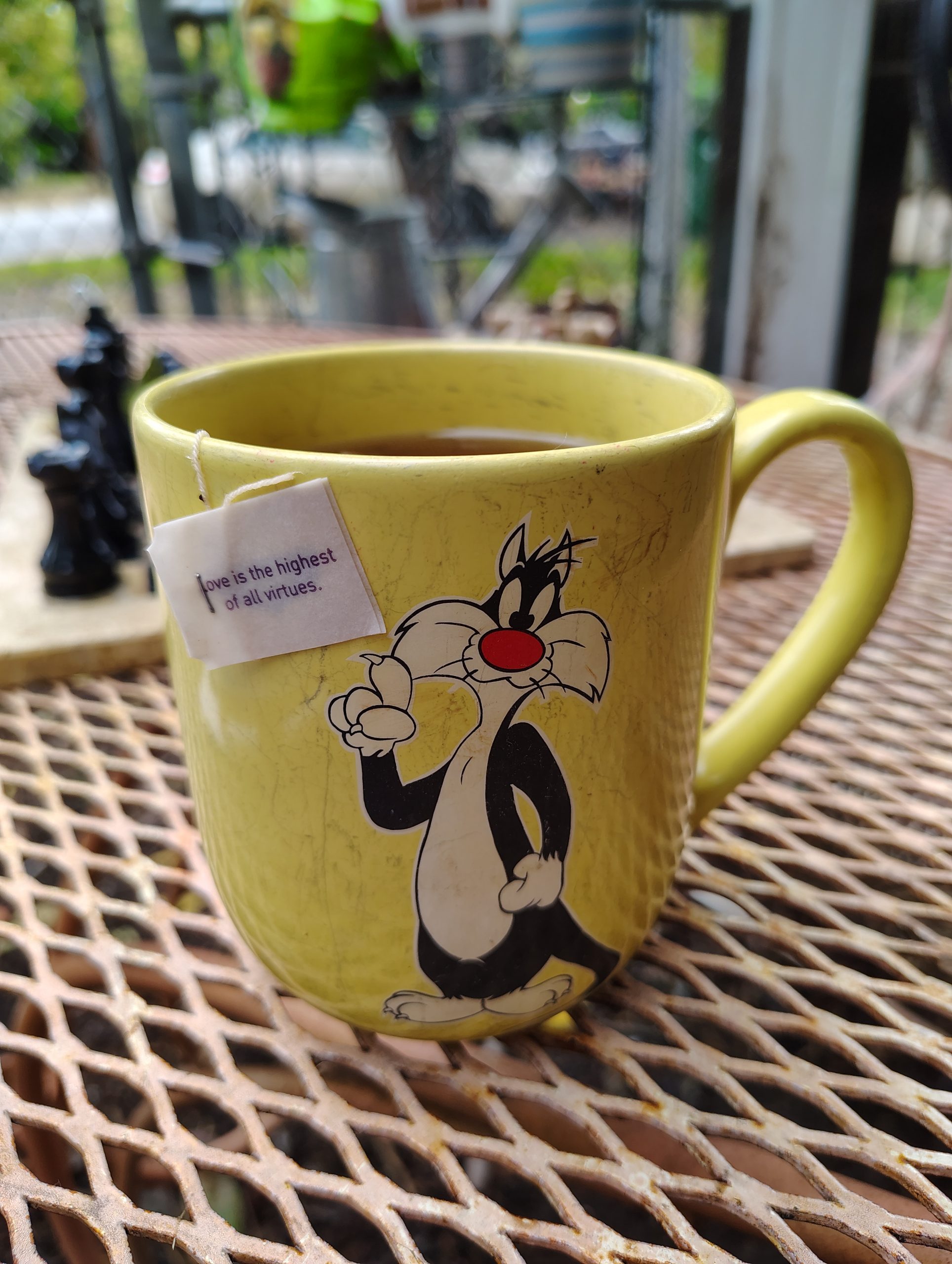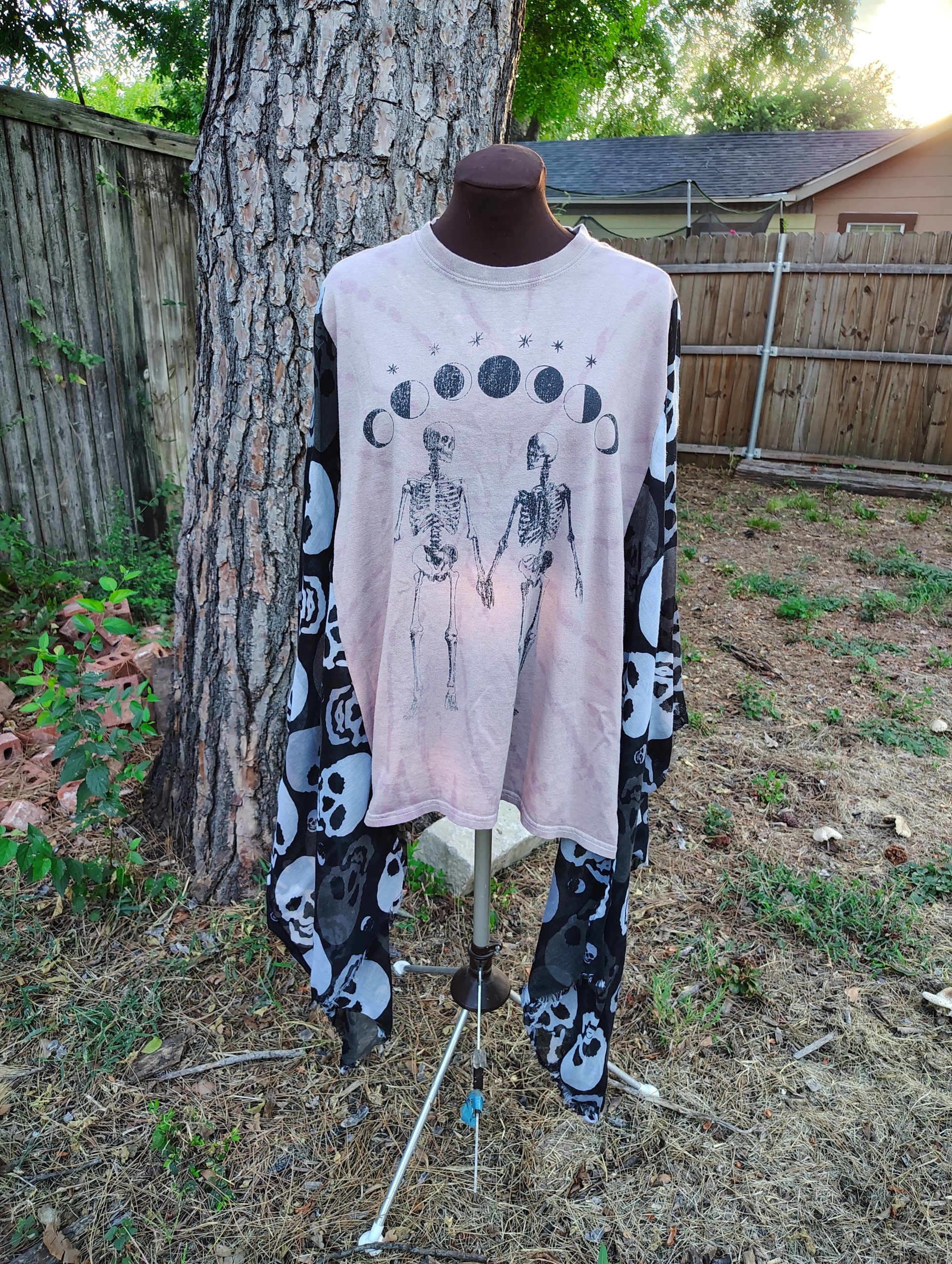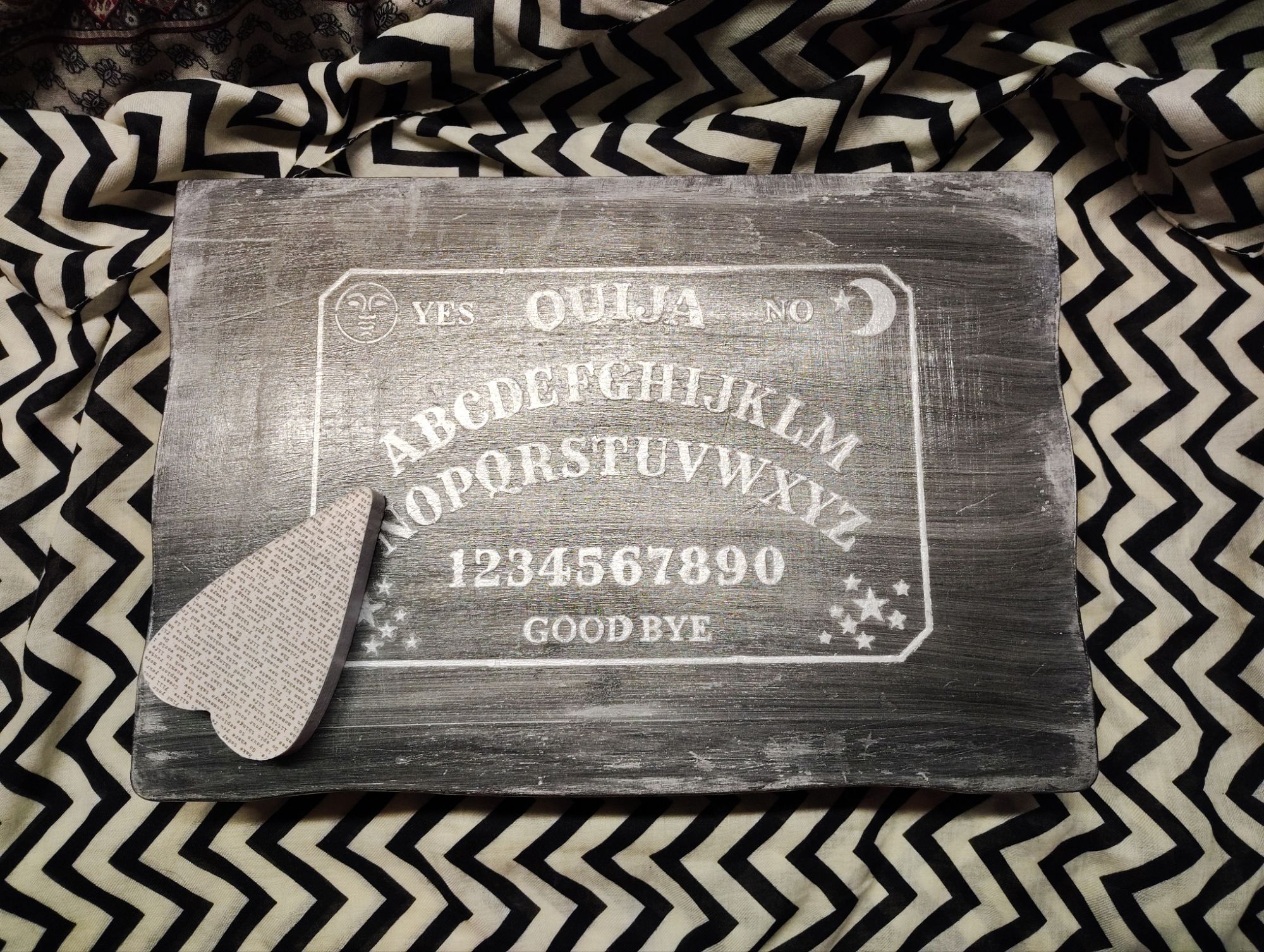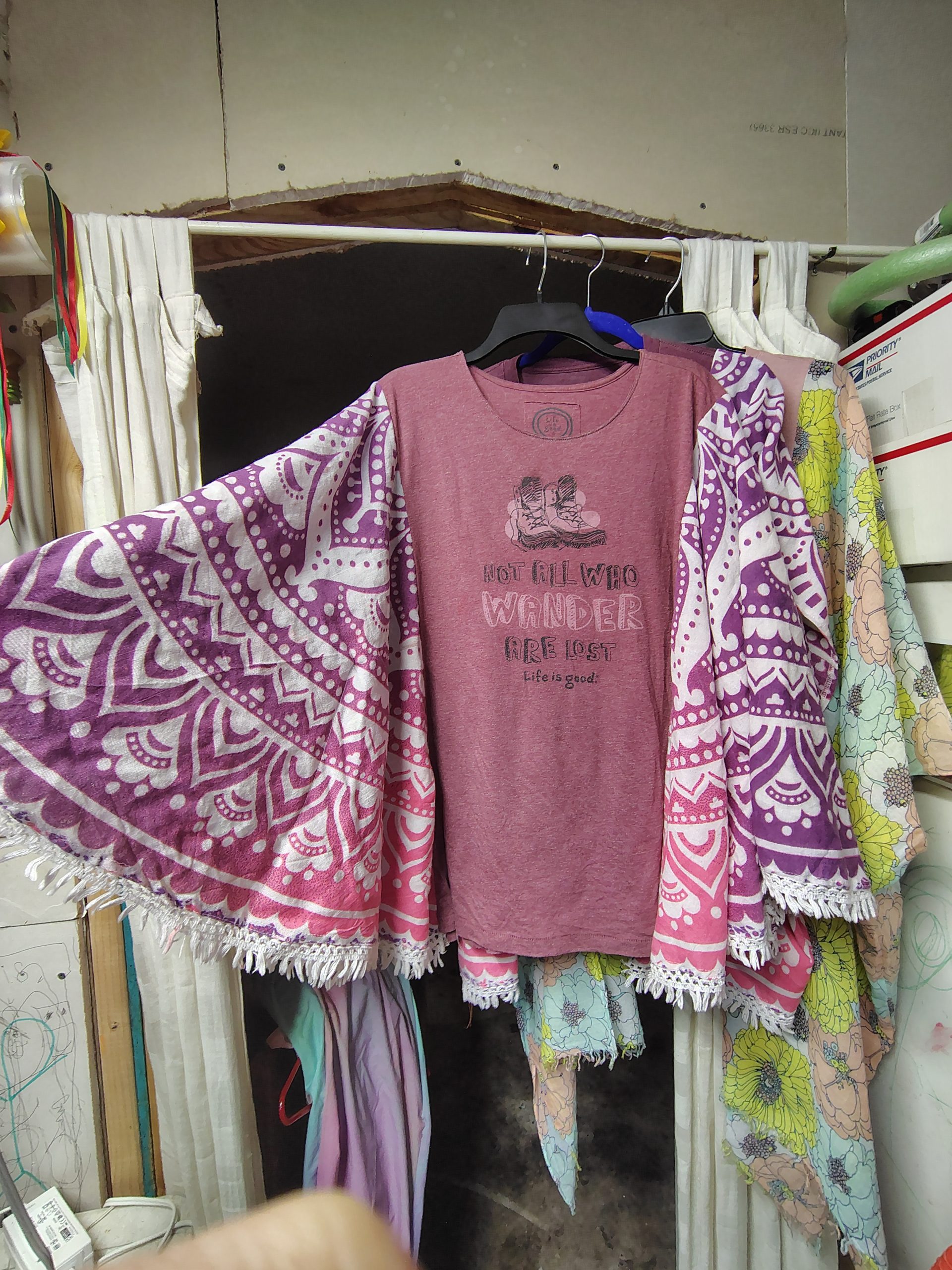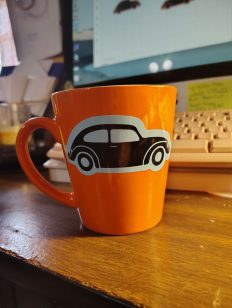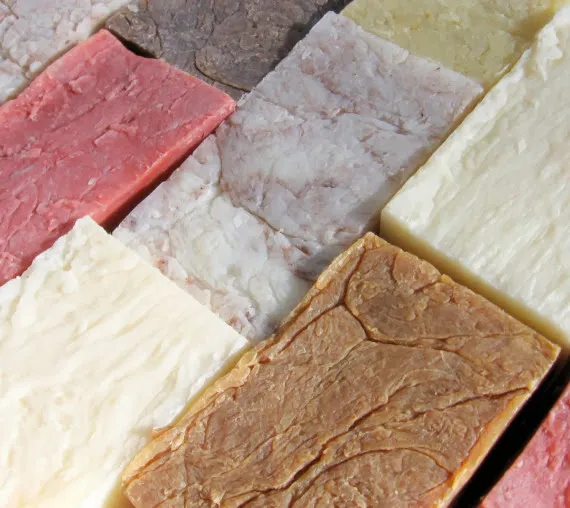
Holiday Shipping Deadlines
If you’re like me and still doing your holiday shopping, you’ll want to keep the shipping guidelines in mind. I currently only ship USPS. You can find the full USPS shipping deadline info here. https://www.usps.com/holiday/holiday-shipping-dates.htm
Here are the USPS shipping deadlines to arrive by December 25 for the lower 48 states:
- USPS Ground Advantage® Service Dec. 17
- First-Class Mail® Service Dec. 17
- Priority Mail® Service Dec. 18
- Priority Mail Express® Service2 Dec. 20
Alaska and Hawaii are mostly the same, but USPS Ground Advantage needs to ship a day earlier on December 16th.
Anything overseas requires Priority Mail Express International® Service and needs shipped by December 16th.
While I will pretty much ship until the last minute and do my best to get orders out by the next day, I can’t guarantee delivery by a certain date, so please order ASAP.
Stock up on my Handmade Soap
My five bars for $30 deal is back! To get that price, use this listing and tell me the five you would like in the notes at checkout. If you don’t let me know, or a variety is sold out, I’ll try to contact you first. If I don’t hear back within a day, I’ll send you an assortment of my favorites or substitute the sold out one with a different fabulous bar.
Coupon
Now through December 19, if you use the coupon code CHRISTMAS25 at checkout, you’ll get 25% off your order, including clearance, sale and the bulk soap listing.
Come See Me!
Sunday, December 21 I will be at V’z Vintage Holiday Market from 10am-6pm. It’s located at the American Legion Post 655, 2817 Carson St., Haltom City, TX 76117. If you’re local, you should totally come check it out. SubEarthan Cottage will be inside this time because it’s December in Texas and you never know what you’ll get weather-wise.

This is my third month at this market. There’s always a ton of unique handmade booths, food vendors and some vintage finds. If you’re looking for some last minute gifts, come support some local small businesses!

